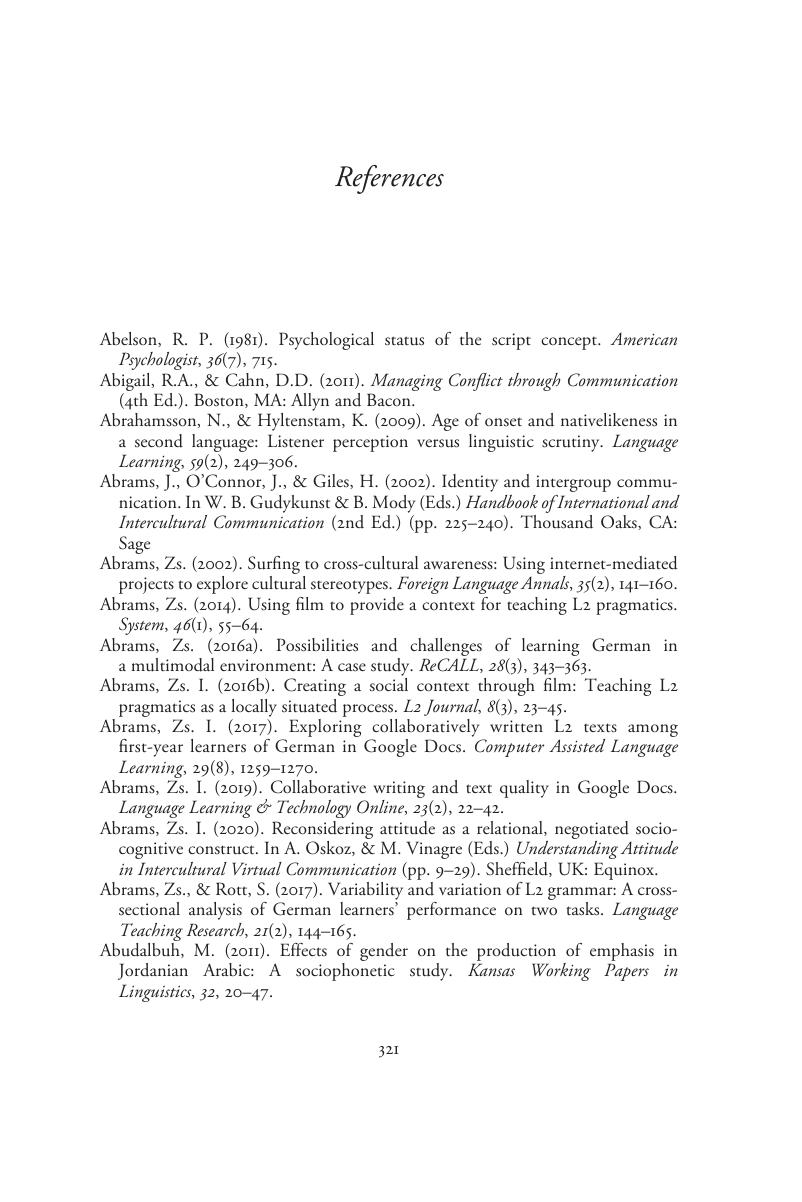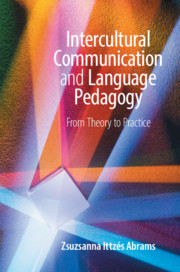Book contents
- Intercultural Communication and Language Pedagogy
- Intercultural Communication and Language Pedagogy
- Copyright page
- Dedication
- Contents
- Figures
- Tables
- Acknowledgments
- Introduction
- Part I Theoretical and Methodological Foundations
- Part II Pedagogical Implementation
- Part III Intercultural Communication and the Personal Journey
- Appendix Curricular Plans for Teaching with an Intercultural Communication Orientation
- References
- Index
- References
References
Published online by Cambridge University Press: 15 August 2020
- Intercultural Communication and Language Pedagogy
- Intercultural Communication and Language Pedagogy
- Copyright page
- Dedication
- Contents
- Figures
- Tables
- Acknowledgments
- Introduction
- Part I Theoretical and Methodological Foundations
- Part II Pedagogical Implementation
- Part III Intercultural Communication and the Personal Journey
- Appendix Curricular Plans for Teaching with an Intercultural Communication Orientation
- References
- Index
- References
Summary

- Type
- Chapter
- Information
- Intercultural Communication and Language PedagogyFrom Theory To Practice, pp. 321 - 358Publisher: Cambridge University PressPrint publication year: 2020



